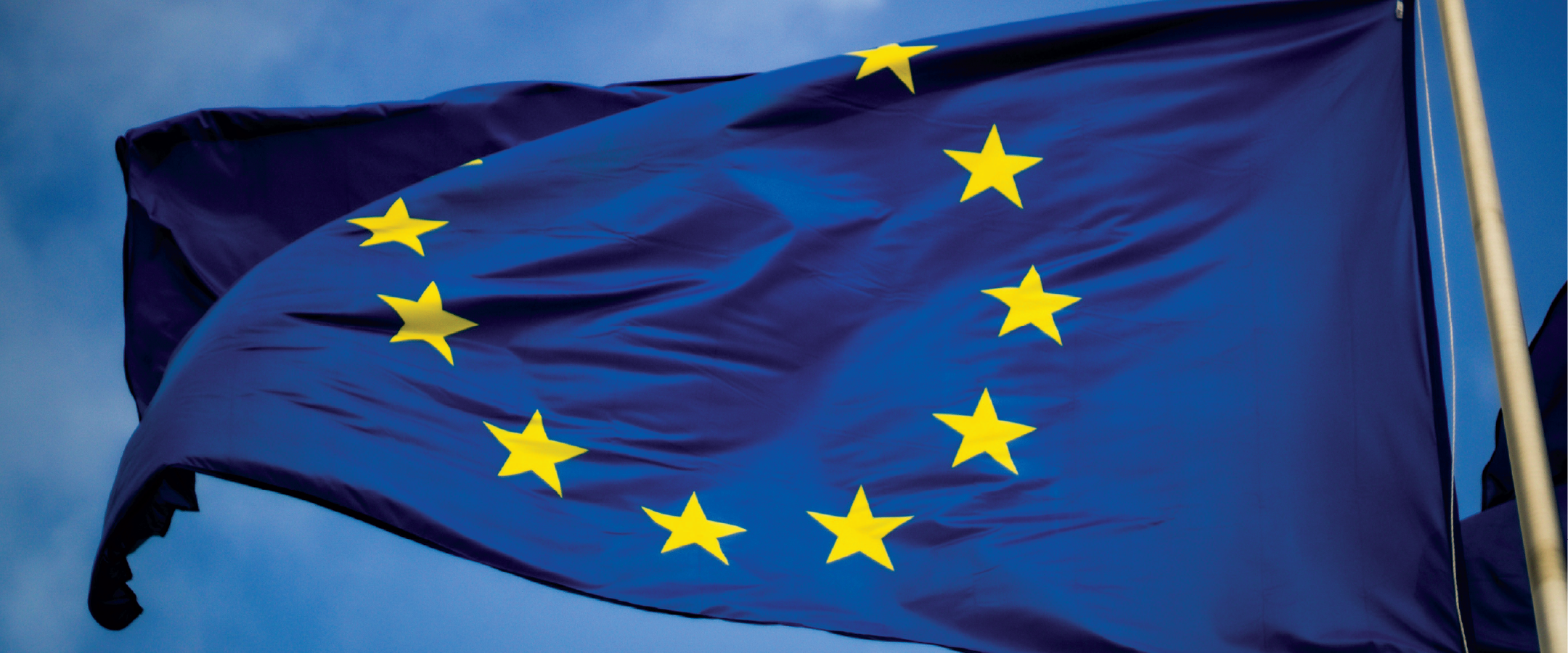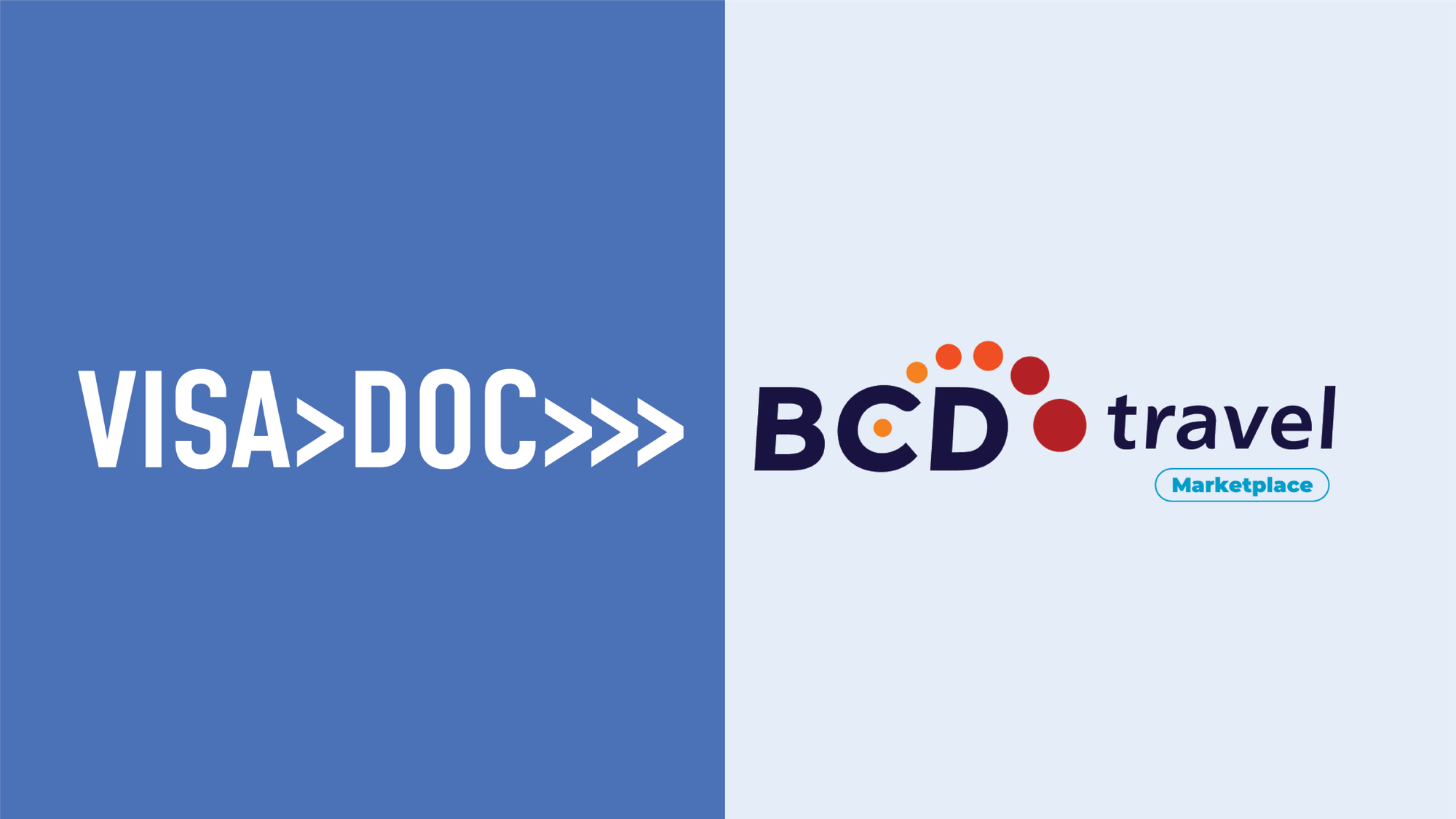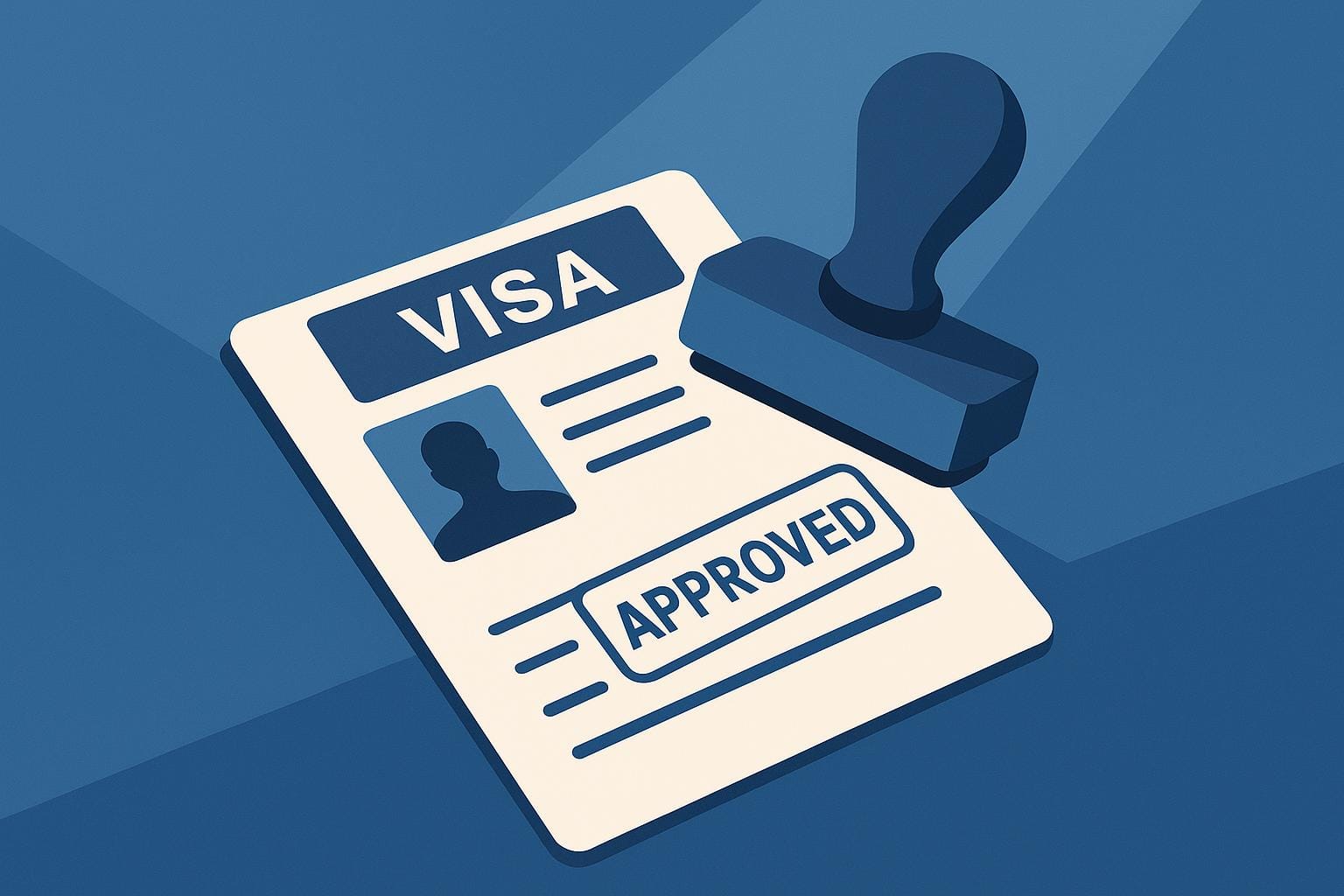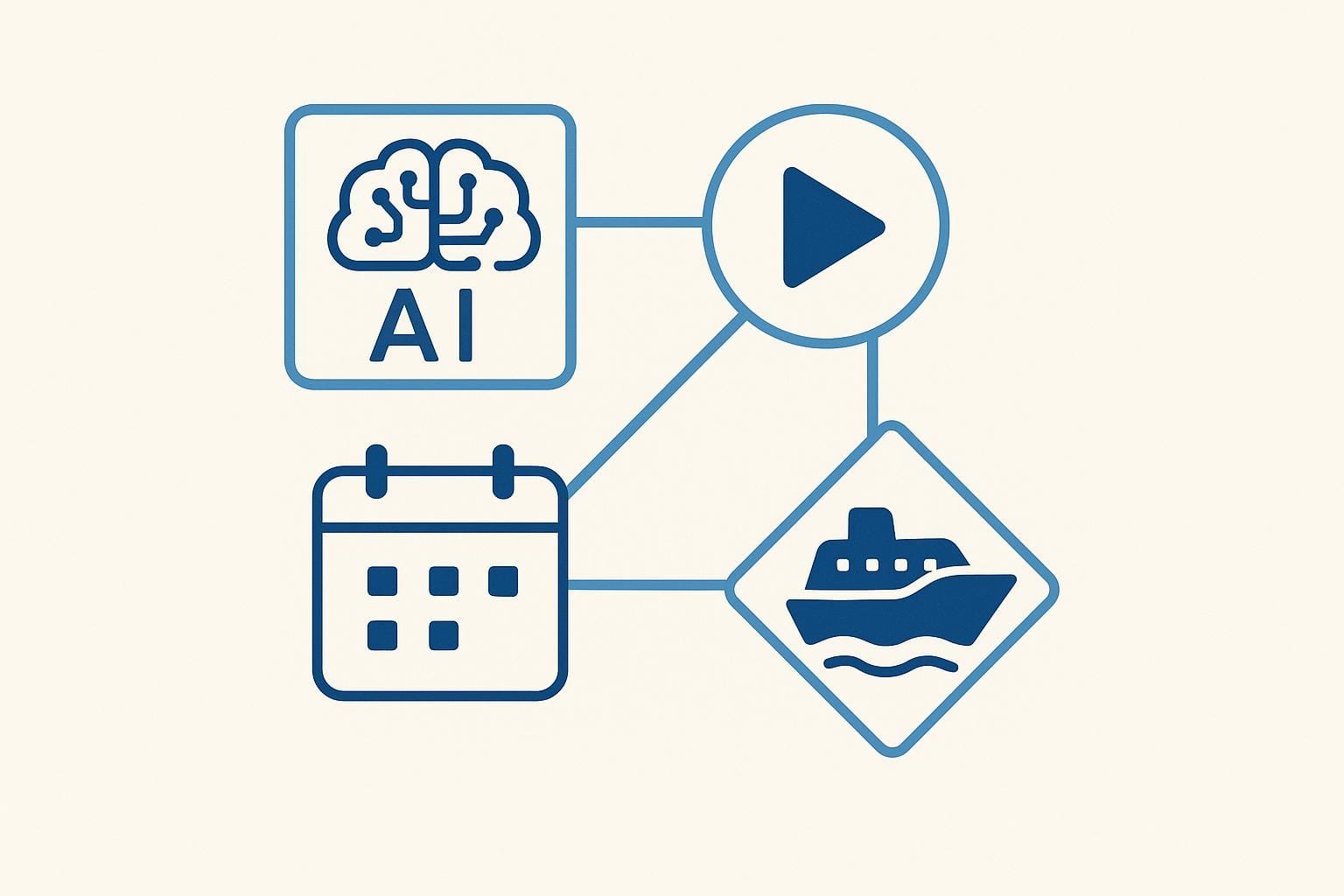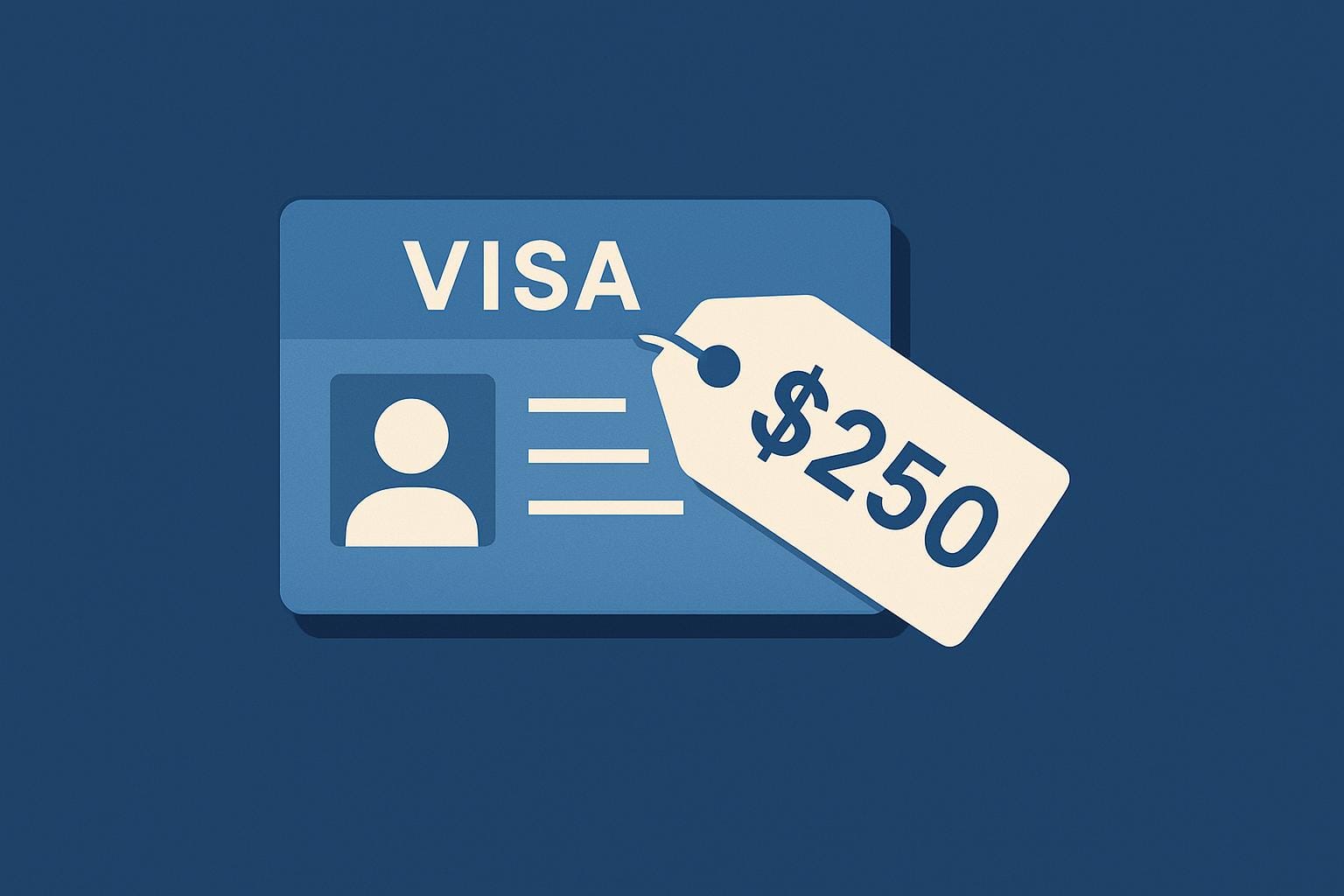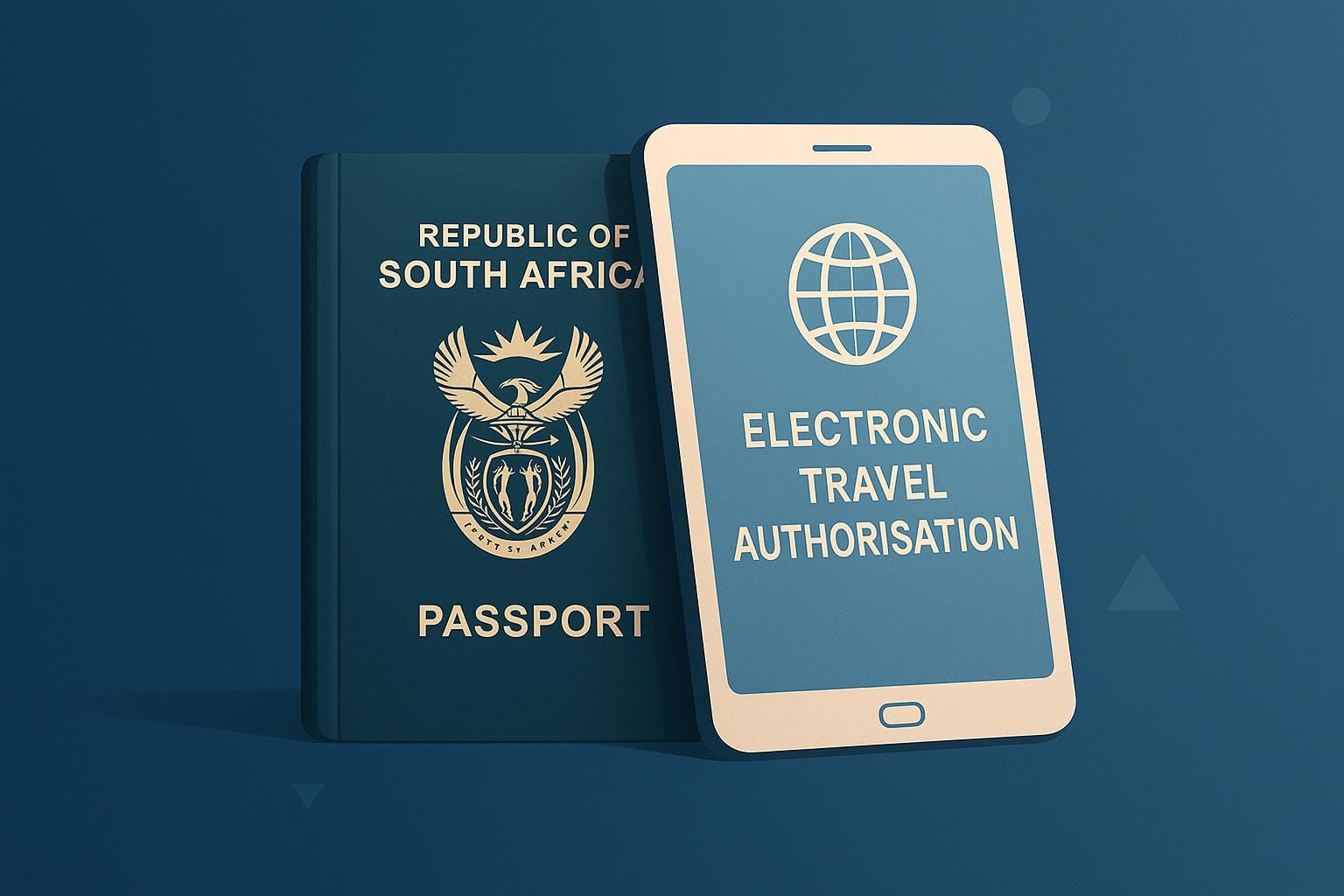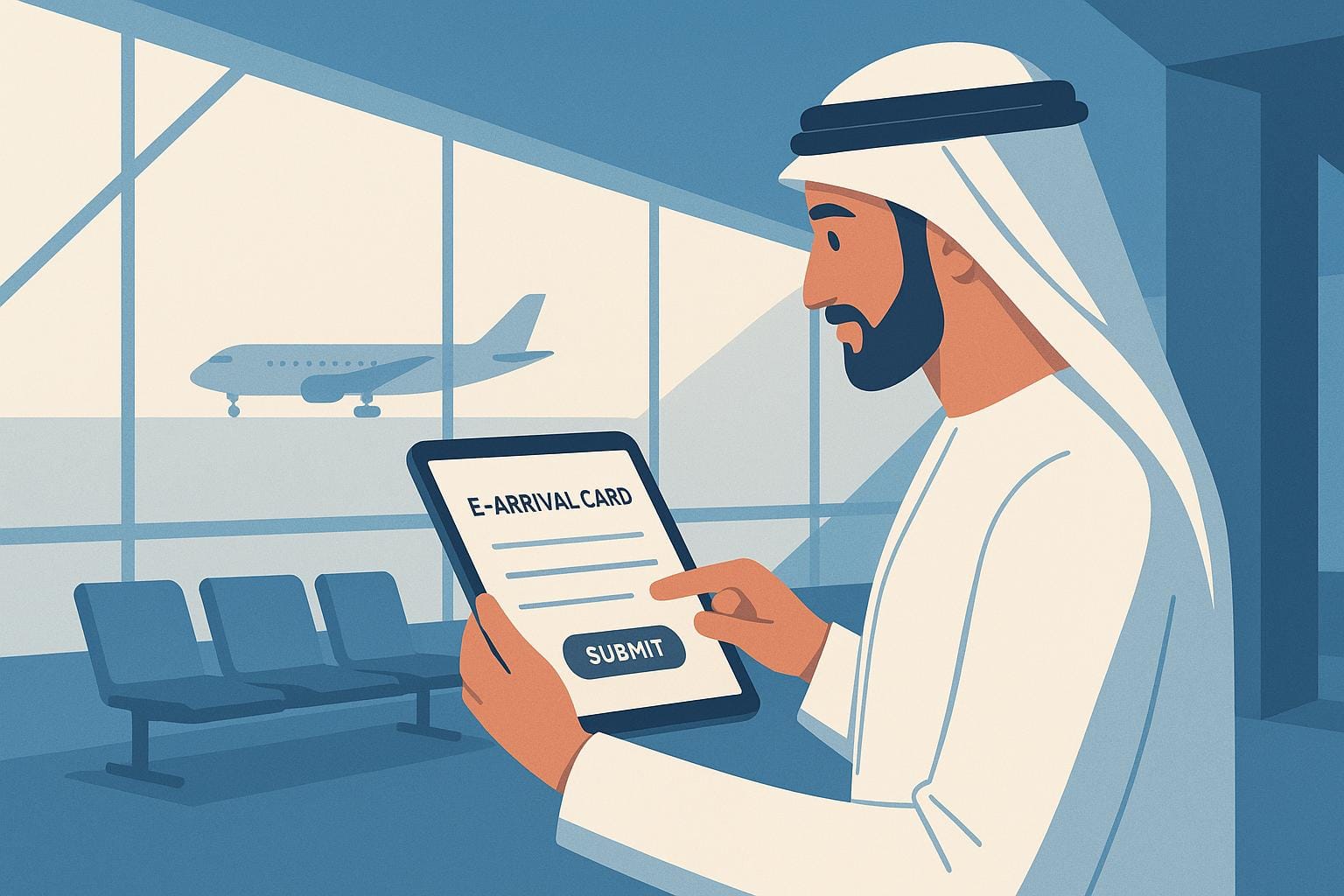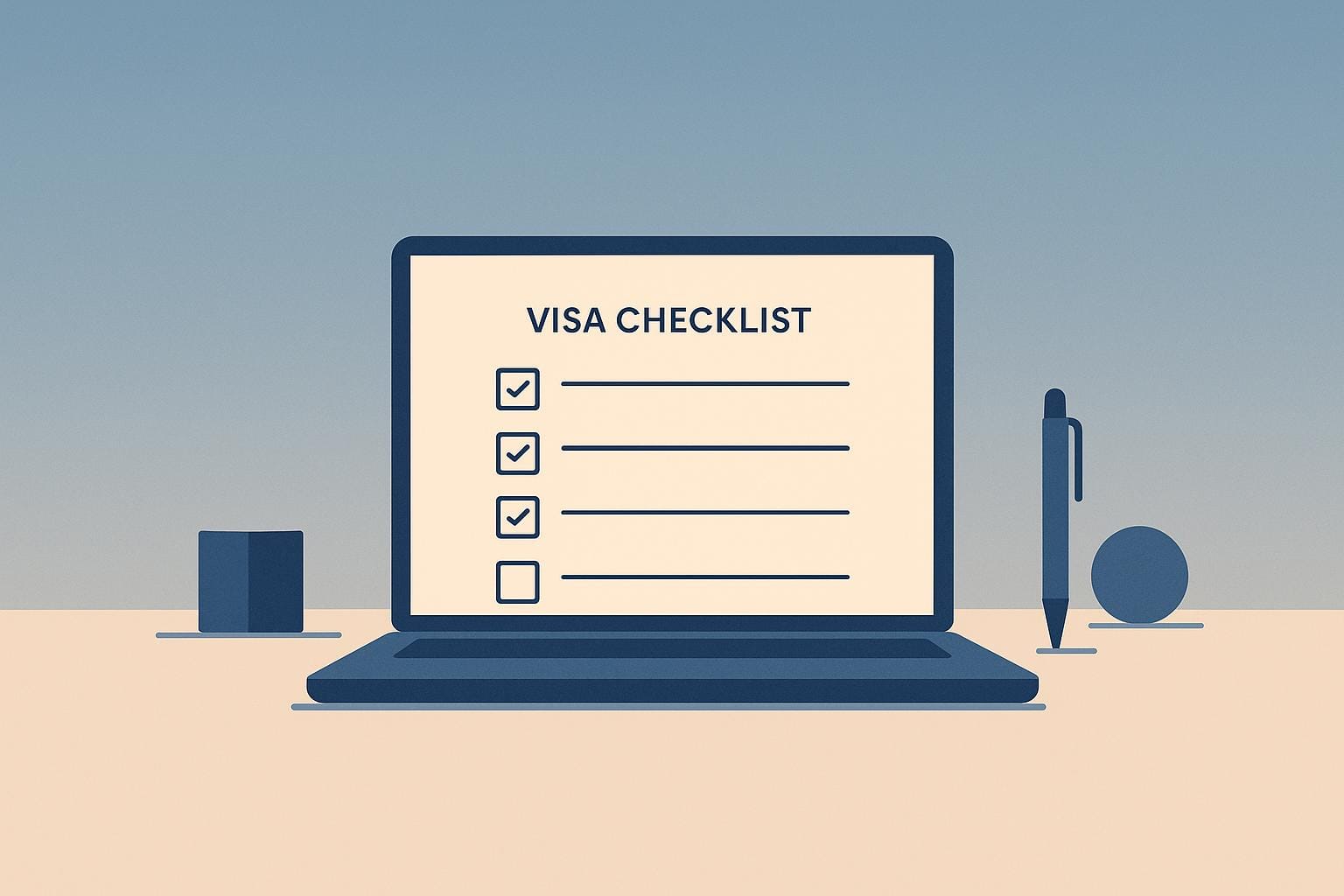In 2025, travel to Europe will no longer be just a matter of booking a flight and showing a passport.
For companies, executives, and professionals operating across borders, business travel to Europe now sits at the intersection of automation, regulation, and strategy.
As the European Union (EU) and Schengen Area roll out the Entry/Exit System (EES) and prepare for the European Travel Information and Authorisation System (ETIAS), the way non-EU nationals enter, register, and stay in Europe is being rewritten in code, not paperwork.
These systems bring precision and accountability. For businesses, that means one thing: compliance is becoming digital.
Key European Travel Information
To understand business travel in Europe, one must first understand Europe itself.
There’s the proximity factor. Once you’re there, Europe almost collapses in distance. You can have breakfast in Amsterdam, lunch in Brussels, and dinner in Paris, and you’ve crossed languages, histories, and sometimes even currencies in a day.
There’s also the complexity of which Europe you’re in. What we casually refer to as Europe is not a single, unified entity. It’s a patchwork of overlapping frameworks, each with its own rules, powers, and membership list. These layers coexist and often cooperate, but they’re not identical. Business travellers experience them as one blended space, yet they are legally moving through several jurisdictions at once.
- The European Union (EU) governs trade, economic policy, and internal free movement for its citizens. It sets the foundation for legal harmonisation across its 27 member states.
- The Schengen Area removes internal borders for participating countries, allowing travellers to move freely once they’ve cleared external controls. But Schengen is not synonymous with the EU. Countries such as Switzerland, Norway, Iceland, and Liechtenstein participate without being EU members, while Ireland remains outside it entirely.
- The Eurozone adds another layer: monetary unity through the euro (€).
- The Council of Europe ensures a shared human-rights and legal framework across 46 nations.
Visas for non-EU nationals
The layered structure of Europe directly determines the type of visa you need, how to obtain it, where it’s valid, and what you can or can’t do once you arrive.
If you are visiting Europe for business purposes, it is important to understand the specific entry rules and requirements for your destination.
New requirements for border control and travel authorisation are being introduced, affecting how travellers prepare for trips to Europe. When applying for a visa, details such as the length of your stay and the supporting documents you provide are crucial, as they can significantly influence the approval of your application.
1. The Schengen Visa
For many non-EU citizens, the Schengen visa is the primary means of entry into the Schengen Area. It allows stays of up to 90 days within any 180-day period for business, tourism, or family visits.
Holders can travel freely within 29 Schengen states once admitted, but duration limits are tightly enforced.
As of October 12, 2025, the Entry/Exit System (EES) will begin recording biometric data, including fingerprints and photographs, at the border. Each entry and exit will be logged electronically, replacing passport stamps and removing any ambiguity about days spent in Europe. Overstays will no longer go unnoticed.
2. National Visas (Long-Stay or Work/Study Visas)
These are for stays of over 90 days for study, work, or living in a specific country. They’re not Schengen visas; they’re issued under the authority of that country’s national law.
Even though there’s a shared Schengen framework, immigration control and residence rights remain national competencies. That’s a key distinction: short-term movement is Schengen’s domain, but long-term stay is the business of individual states.
For instance, a work visa for Germany differs entirely from one issued by France, even though both nations are inside the Schengen zone.
3. Non-Schengen Europe
Beyond Schengen, different rules apply.
- United Kingdom: Since Brexit, it’s completely separate; Schengen visas are not valid for entry. The UK has its own visa categories, rules, and electronic travel authorisation system (ETA) coming soon.
- Ireland: Part of the EU, but not Schengen. It runs its own visa system (the Irish Visa, or C-type short-stay).
- Cyprus: Not part of the Schengen area. Cyprus has its own entry and visa rules, including specific visa durations and border stamping practices that differ from Schengen countries.
- Balkans (e.g., Serbia, Bosnia, Albania): Not yet part of the Schengen or EU (although some are candidates). Each has its own entry policies, though several have bilateral agreements with the EU.
- Microstates (e.g., Monaco, San Marino, Vatican City): They have open borders with their Schengen neighbours, but technically they’re not full Schengen members.
4. Visa-Exempt Travellers and ETIAS
Visa-exempt visitors, such as citizens from the US, Canada, or Australia, will soon be required to undergo pre-travel screening through the European Travel Information and Authorisation System (ETIAS). It’s not a visa, but a security and eligibility check before departure.
ETIAS will collect data, including travel purpose, background information, and the validity of the passport. Approvals will be linked electronically to the traveller’s passport and verified at border entry points.
Business Travel to Europe 2025
One of the subtler shifts is that “business travel” and “work mobility” are no longer synonymous.
- Business travel encompasses short-term, non-productive activities, including meetings, training, and negotiations.
- Work mobility covers cross-border employment, service delivery, or long-term assignments.
For EU-based companies, this remains straightforward under the principle of freedom of movement. However, for UK-based firms, the process is now fragmented and regulated. To adapt, many multinational companies are establishing EU mobility hubs. These secondary offices in EU member states act as bases for cross-border teams, allowing staff to hold EU work rights through local contracts or subsidiaries.
Europe continues to attract business travellers because of its density and connectivity. A short flight can mean entering an entirely new market, culture, and language. The challenge lies in maintaining agility while managing legal and compliance friction.
Business Visas and the Automation Opportunity
Traditionally, obtaining and managing visas required paperwork, embassy visits, and manual oversight. Today, the process is being transformed by automation through specialised business visa platforms.
A company might have an employee, such as a data scientist in London, who needs to spend six weeks in Germany to train a client. The request enters the company’s travel platform and is automatically routed through a compliance system.
This system holds the employee’s nationality, passport details, travel history, and employment data. It checks this information against live immigration rules, returning a decision within seconds: whether the activity qualifies as permissible business travel or requires work authorisation.
If authorisation is needed, the system generates the relevant forms, pulls required documentation, and even schedules biometric appointments. The result is faster decisions and fewer compliance risks.
Maintaining Business Visa Compliance
Compliance does not end once the business visa is issued. Automated systems now track ongoing compliance through data such as entry and exit records, calendar logs, and expense reports. The system maintains a live counter of days spent in the Schengen Area. When the 90-day threshold approaches, alerts notify HR or the travel manager.
This prevents overstays, helps manage risk, and allows companies to respond quickly to audits or government requests. It also raises new questions about data privacy and employee monitoring, as mobility data becomes measurable in real-time.
Building the Infrastructure of Trust: Pre-Travel Assessment and Compliance Automation
The next stage in business travel management involves pre-travel assessment. Traditionally, companies booked trips first and checked visa compliance later. Automated pre-assessment reverses that logic through a specialised business visa platform. It checks legality before a booking is made.
This mirrors the public systems Europe is introducing through EES and ETIAS. Both systems pre-screen travellers before arrival, ensuring that travel intent and documentation meet regulatory standards. A private-sector version of this logic means companies can assess compliance before committing to travel costs.
The Architecture Behind Pre-Travel Assessment
Such a system can be visualised in three layers:
- Data Intake Layer
Collects information from HR systems (nationality, employment type), previous travel data, and proposed itineraries. It also cross-references visa and immigration rules from regulatory databases. - Compliance Intelligence Layer
Converts visa rules into code, interpreting natural language (“meeting a client,” “delivering training”) and matching it to visa definitions. This layer calculates Schengen day usage, evaluates the legality of activity, and predicts risk. - Human Review Layer
When rules cannot produce a clear answer, cases are referred to legal or mobility experts for validation.
The outcome is a “go” or “no-go” decision before any booking occurs, saving time and reducing compliance exposure.
The Schengen Day Calculator Dimension
A live Schengen day counter is one of the most valuable innovations for companies. The EES will track every entry and exit, meaning overstays are now quantifiable. A system that mirrors EES logic gives businesses control before the border does.
Whenever a trip is logged, the counter updates automatically, calculating remaining days within the 90/180 rule. If the proposed trip exceeds the limit, it alerts the traveller and recommends a long-stay visa instead.
The Business Case for Automation
For companies, the ROI is crystal clear. If a single visa rejection or denied entry can cost £5,000 – £20,000 in lost project revenue, then even one avoided incident offsets the software’s entire annual subscription.
Beyond cost, there’s risk mitigation and speed:
- Legal teams no longer spend days manually confirming requirements.
- Travel managers can move from “checking rules” to “enabling travel.”
- Employees experience clarity and confidence — no bureaucratic anxiety.
The EES as Catalyst for Opportunity
With the Entry/Exit System (EES) live, a new system is being implemented to modernise border control across the EU and Schengen area, replacing traditional passport stamping with electronic tracking.
This means fingerprints, facial scans, and electronic tracking will define how non-EU travellers enter and exit.
For companies, the implications are clear:
- Every crossing becomes traceable.
- Every overstay becomes provable.
- Every compliance lapse becomes preventable — if the data is managed correctly.
The EES makes travel data measurable. That means companies can no longer rely on approximations of travel history or manual reporting. Compliance will depend on the accuracy of the data and the timing of the data collection.
Businesses that develop internal systems tailored to their needs will find their travel operations smoother, faster, and more resilient.
Discover how VisaDoc streamlines the business visa application process for a seamless experience. See how it works.
FAQs: How Can Businesses Maintain Travel Compliance Under EES?
- Treat compliance as an engineering problem, not an administrative one.
Since Entry/Exit System (EES) data will become authoritative, the only reliable defence against overstay is having your own dataset that’s as precise as the border’s feed automatically by booking, HR, and travel logs. So, automation as a shield: VisaDoc's business travel assessment engine mirrors what EES will check before the traveller ever reaches the border. - Build a single “traveller identity” across systems.
Most pain comes from fragmentation; HR holds passport data, the TMC (travel management company) holds itineraries, Legal has visa history, and Finance has expense data. The cure is to unify those data points into one traveller profile that every system references. That way, when the system needs to know “how many Schengen days has this person used?”, it isn’t guessing across spreadsheets; it’s reading a live counter attached to that traveller’s ID. Technically, this is an integration challenge, not a policy one: VisaDoc's specialised business-visa platform connects HRIS, travel booking tools, and visa databases into a single record. - Move visa decisions upstream before travel is even booked.
A significant part of the pain in corporate mobility is that visa requirements are often discovered too late, after the trip is confirmed, when it’s already urgent. VisaDoc's specialised business visa platform resequences the process: Trip request, automated compliance check, trip approval, and booking. Once companies internalise that order of operations, EES compliance becomes a side effect of good process design. - Automate documentation and audit trails.
EES introduces biometric and timestamped data, meaning the EU will know precisely when someone entered or exited. To stay aligned with that precision, automate your own documentation trails so that every approval, document submission, and visa decision is timestamped, versioned, and retrievable. That’s invaluable not just for compliance, but also for audits, client contracts, and government inspections. - Partner intelligently with external ecosystems.
Although the EES data itself isn’t accessible to companies, many travel and immigration technology vendors integrate with systems that can simulate its outcomes (based on Schengen stay data, itinerary feeds, etc.). Companies don’t have to reinvent that layer; they need to integrate well and ensure data flows securely. And this is important: automation isn’t about replacing the human immigration expert. It’s about freeing them to focus on the grey zones, edge cases, exceptions, and policy design, while a specialised business-visa platform such as VisaDoc handles 80% of routine checks.


